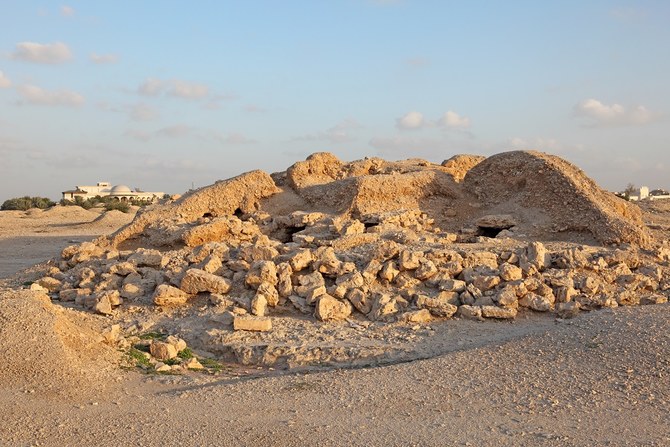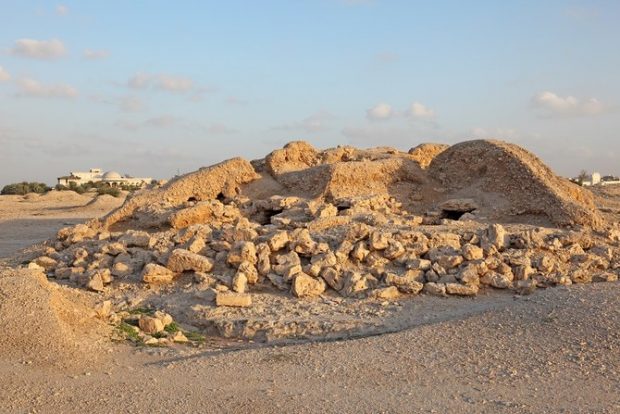
UNESCO adds Bahrain’s Dilmun Burial Mounds to World Heritage list
The UNESCO World Heritage Committee has inscribed Bahrain’s Dilmun Burial Mounds on the World Heritage list. The decision was made during the 43rd session of the UNESCO World Heritage Committee in Baku, the capital of Azerbaijan. Dilmun Burial Mounds is Bahrain’s third site to be designated on the World Heritage list, following Ancient Qalat Al Bahrain (2005) and the Offshore Pearling Sites in Muharraq (2012). “The Dilmun Burial Mounds, built between 2050 and 1750 BC, span over 21 archaeological sites in the western part of the island,” the committee said in a statement.
“Six of these sites are burial mound fields consisting of a few dozen to several thousand tumuli. In all, there are about 11,774 burial mounds, originally in the form of cylindrical low towers. The other 15 sites include 17 royal mounds, constructed as two-storeyed sepulchral towers. The burial mounds are evidence of the Early Dilmun civilization, around the second millennium BCE, during which Bahrain became a trade hub, whose prosperity enabled the inhabitants to develop an elaborate burial tradition applicable to the entire population.”
These tombs illustrate globally unique characteristics, not only in terms of their number, density and scale, but also in terms of details such as burial chambers equipped with alcoves, the committee said. “The Dilmun Burial Mounds is a living proof of Bahrain’s distinguished cultural heritage,” President of the Bahrain Authority for Culture and Antiquities (BACA), Shaikha Mai bint Mohammed Al Khalifa, said. “Bahrain presents a successful model in investing in its cultural features to boost sustainable cultural tourism, achieve development and preserve authentic cultural identity.”
The site was selected for bearing a unique or at least exceptional testimony to a cultural tradition or to a civilization which is living or which has disappeared (Selection Criterion 3), and for being directly or tangibly associated with events or living traditions, with ideas, or with beliefs, with artistic and literary works of outstanding universal significance (Selection Criterion 6).



